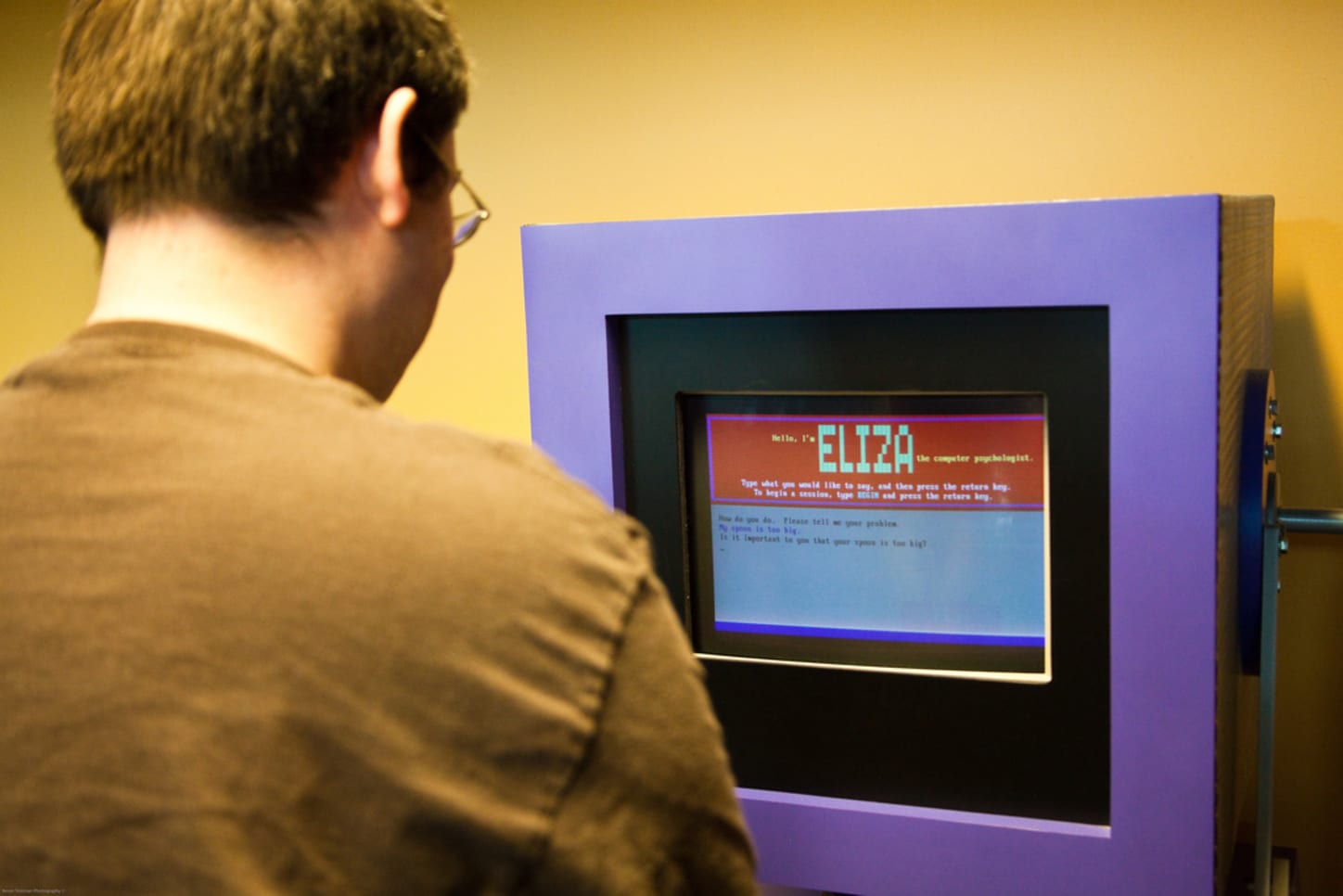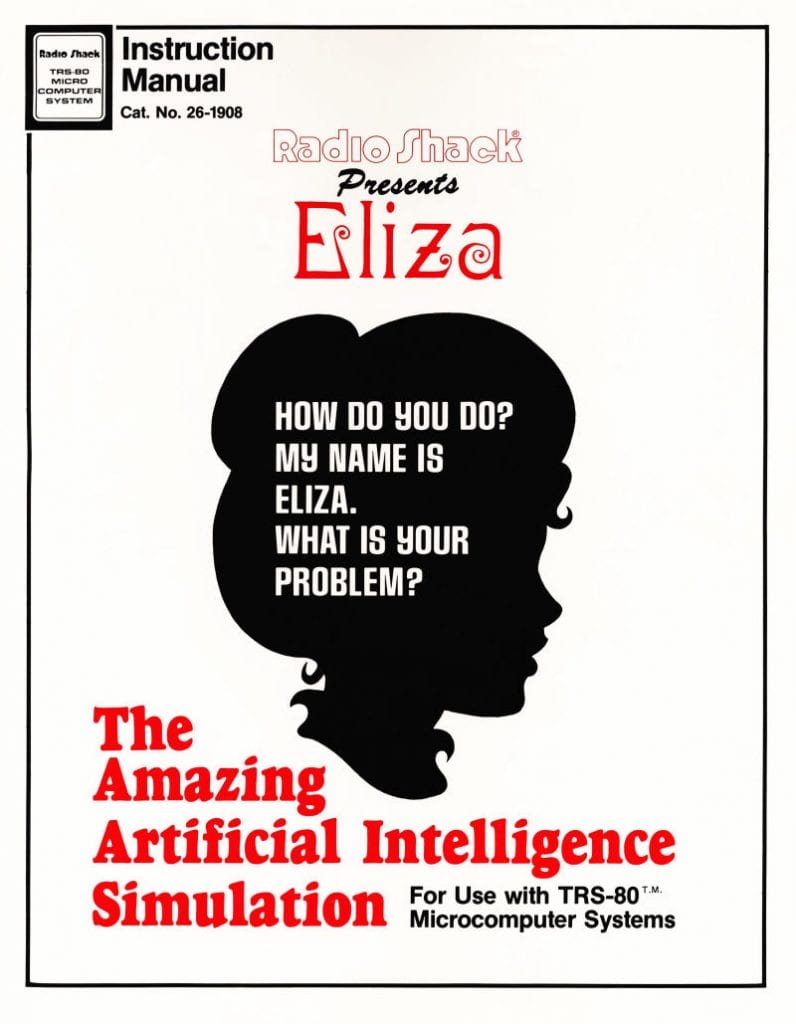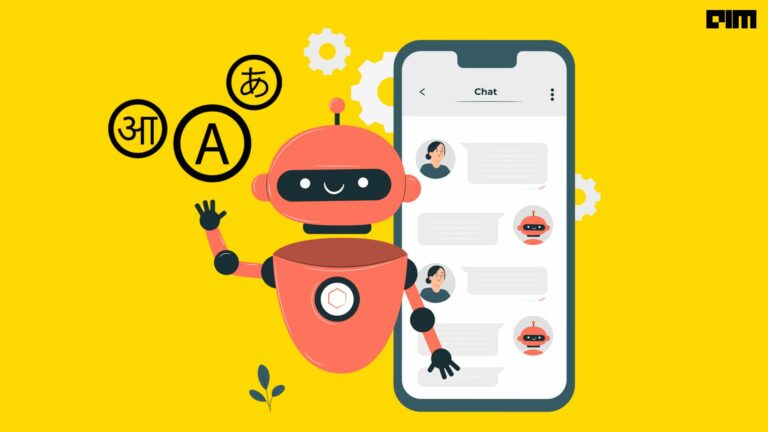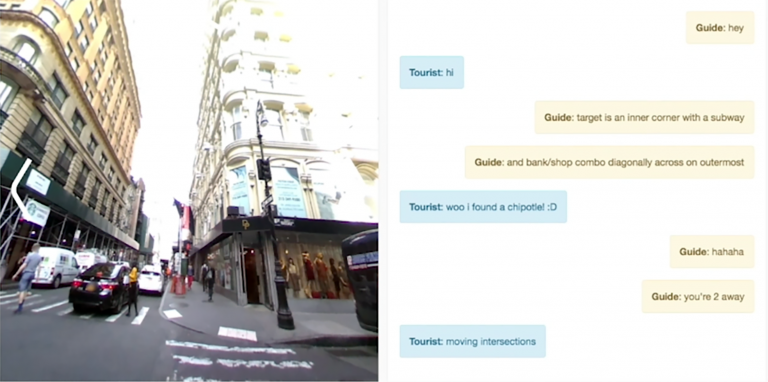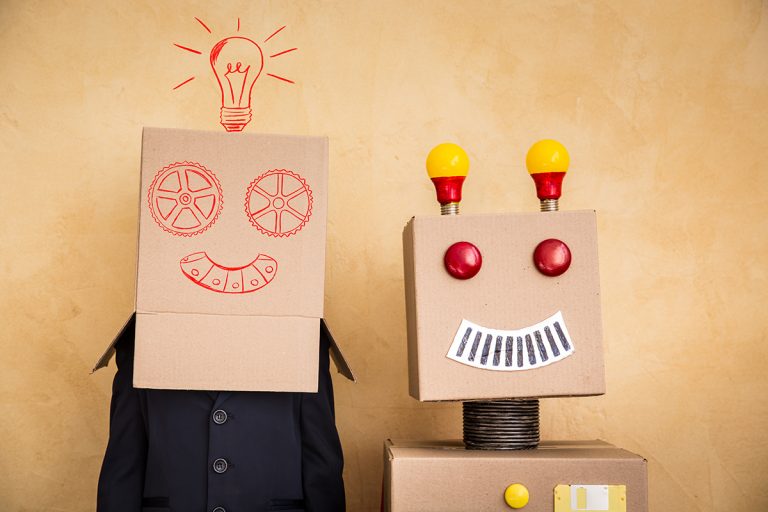Do you remember ‘Jarvis’ from the movie Iron Man? Tony Stark’s intelligent assistant who manages Stark’s house and also plays his close friend. Well, who wouldn’t love to have an assistant like Jarvis? The great news is we have already embarked on a journey where we have our own virtual assistants.
Want to order a cab or schedule a meeting, just say it and your very own virtual personal assistant is at your service. That certainly brings a ‘wow factor’ where you could get your small routine tasks done just by a conversation with a Bot.
But do you know that the idea of chatbots are as old as computing itself? Just like Artificial Intelligence, the whole buzz around chabot might make it appear as if it’s a new concept, when it is not. Let take a look at the timeline to explore the evolution of bots.
Understanding the Bots
Bots or Chatbots, a software that automates tasks for customers, interacts directly with the user providing service for everything from on-demand weather status to traffic updates to personalized assistance for an array of tasks.
Bots are able to have human like interaction mainly because they are powered by two technologies – artificial intelligence and natural language processing that provides human-like intelligence to the bots. Bots today are revolutionizing the arena of customer interaction and making it more convenient for the users.
The Evolution of Bots
The intriguing history of bots started way back in 1950’s. Alan Turing, the pioneering British computer 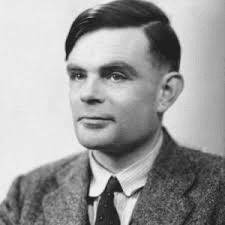 scientist, who was much ahead of his time, started toiling on the thought whether machines can think. And in 1950, he published his well-acknowledged article ‘Computing Machinery and Intelligence’ followed by the Turing Test as we know it today. The entire thought behind his papers and research was that machines too can think and are intelligent. He pioneered a parameter of intelligence for machines. According to him, if a machine can impersonate a human and his behaviour convincing the other person involved in a real-time conversation that he is interacting with a human (not a machine), then the machine is intelligent.
scientist, who was much ahead of his time, started toiling on the thought whether machines can think. And in 1950, he published his well-acknowledged article ‘Computing Machinery and Intelligence’ followed by the Turing Test as we know it today. The entire thought behind his papers and research was that machines too can think and are intelligent. He pioneered a parameter of intelligence for machines. According to him, if a machine can impersonate a human and his behaviour convincing the other person involved in a real-time conversation that he is interacting with a human (not a machine), then the machine is intelligent.
The work of Alan Turing was taken with great interest from Joseph Weizenbaum, the German computer  scientist and Professor at Massachusetts Institute of Technology. In 1966, he developed the program ELIZA, which aimed at tricking it users by making them believe that they were having a conversation with a real human being. ELIZA was designed to imitate a therapist who would ask open-ended questions and even respond with follow-ups.
scientist and Professor at Massachusetts Institute of Technology. In 1966, he developed the program ELIZA, which aimed at tricking it users by making them believe that they were having a conversation with a real human being. ELIZA was designed to imitate a therapist who would ask open-ended questions and even respond with follow-ups.
ELIZA is considered to be the first chatterbot in the history of computer science. Though the term chatterbot was not even coined then. It was only in 1994 that the term ‘ChatterBot’ was coined by Michael Mauldin (creator of the first Verbot, Julia) to describe these conversational programs.
ELIZA operates by recognizing key words or phrases from the input to reproduce a response using those keywords from pre – programmed responses. For instance, if a human says that ‘My mother cooks good food’. ELIZA would pick up the word ‘mother’, and respond by asking an open- ended question ‘Tell me more about your family’. This created an illusion of understanding and having an interaction with a real human being though the process was a mechanized one.
After ELIZA there were other successful Bots that were made – PARRY in 1972, RACTER in 1983 and then JABBERWACKY in 2005.
A long way to go
Though the invention of bots took long back in 1966, it has only got recognition now by the world of technology. Bots are still in their early stages but the momentum is picking up and advancements in the field of artificial intelligence will definitely keep refining the bot experience for its users. Also one major reason for rise in bots is because it is easier and cheaper to make when compared to apps.
Most bots in India are still on their way to achieve full automation. They are yet dependent on humans when it comes to handling complex or detailed queries. But with the progressions taking place in the fields of Natural Language Processing and artificial intelligence, it is not too far when bots will be fully automated.


